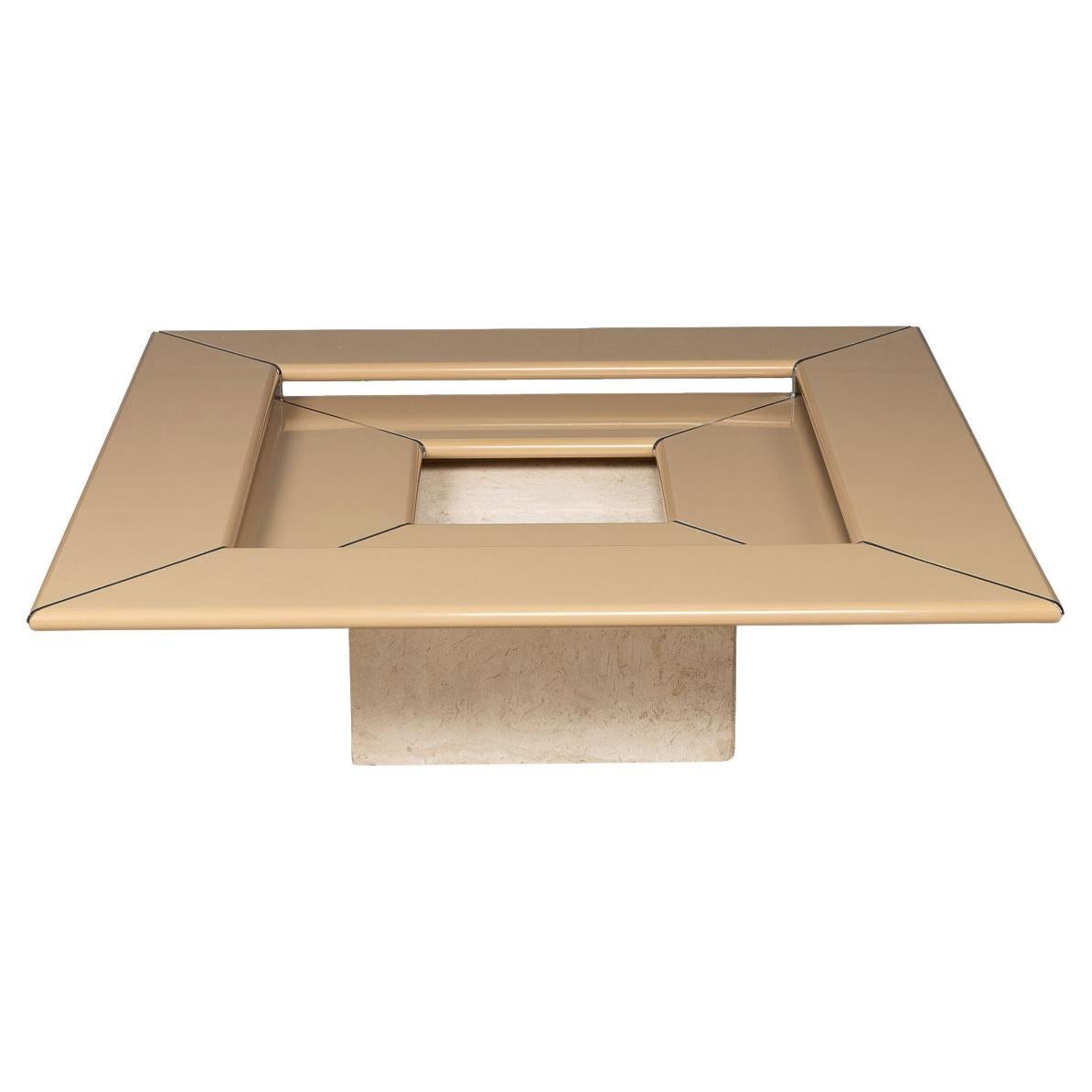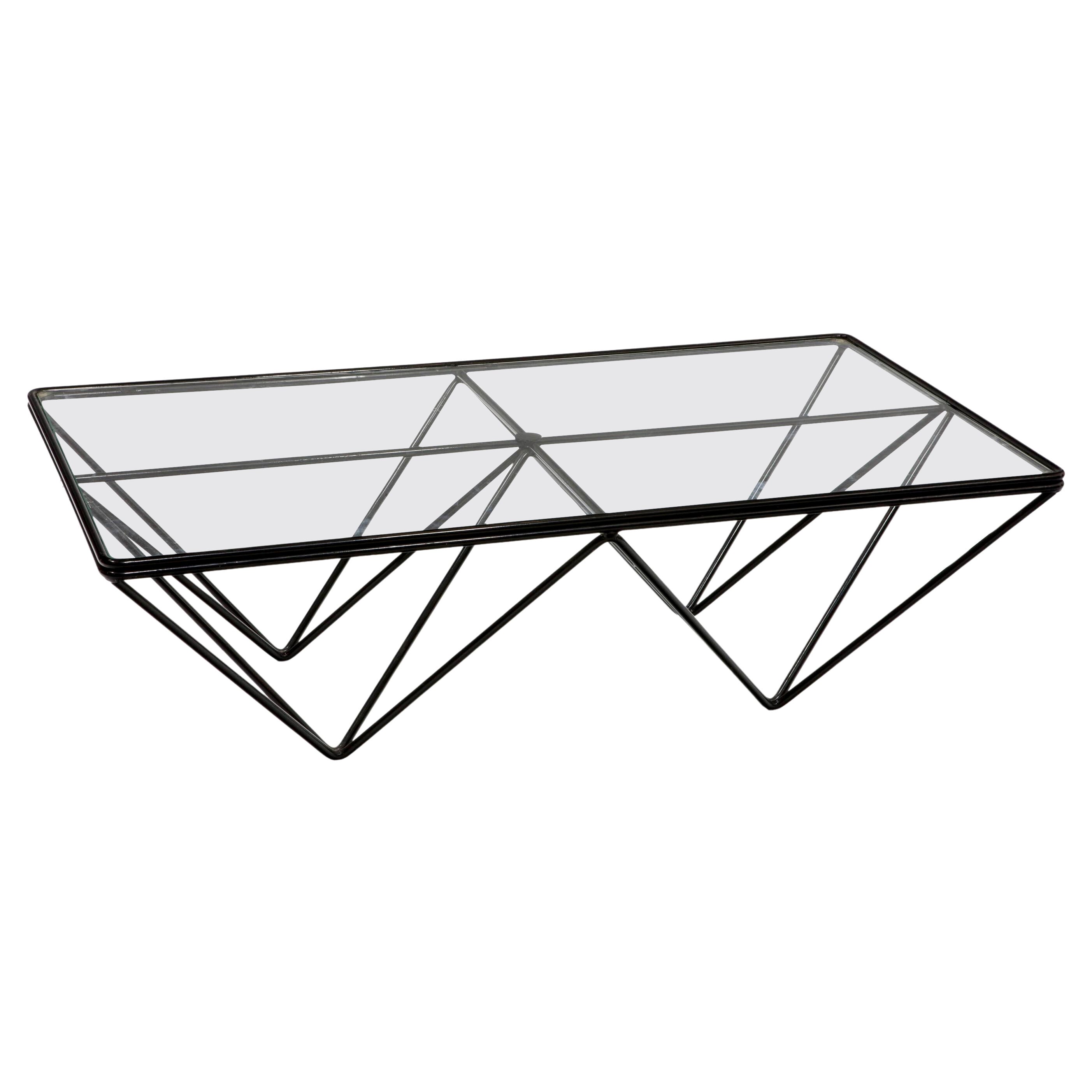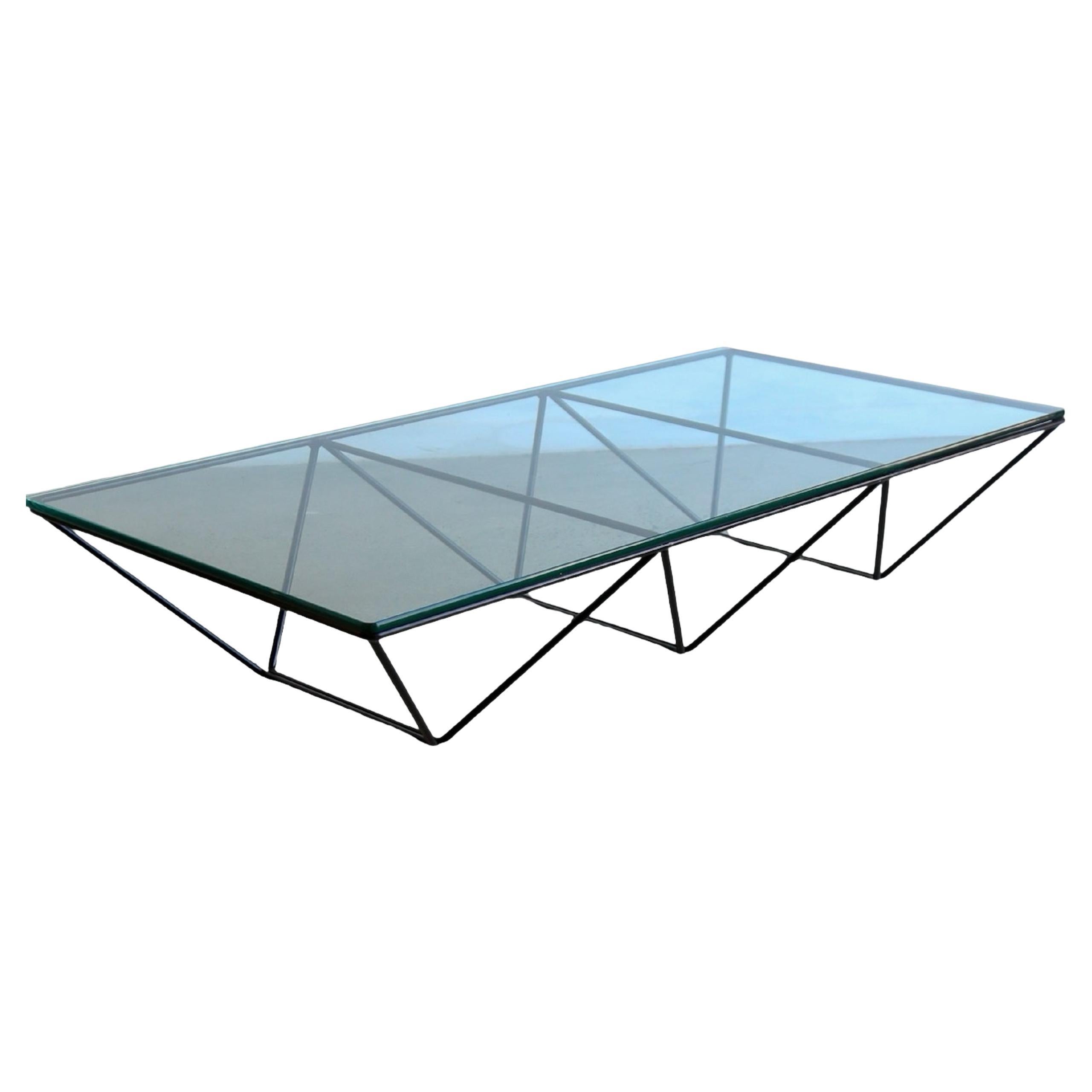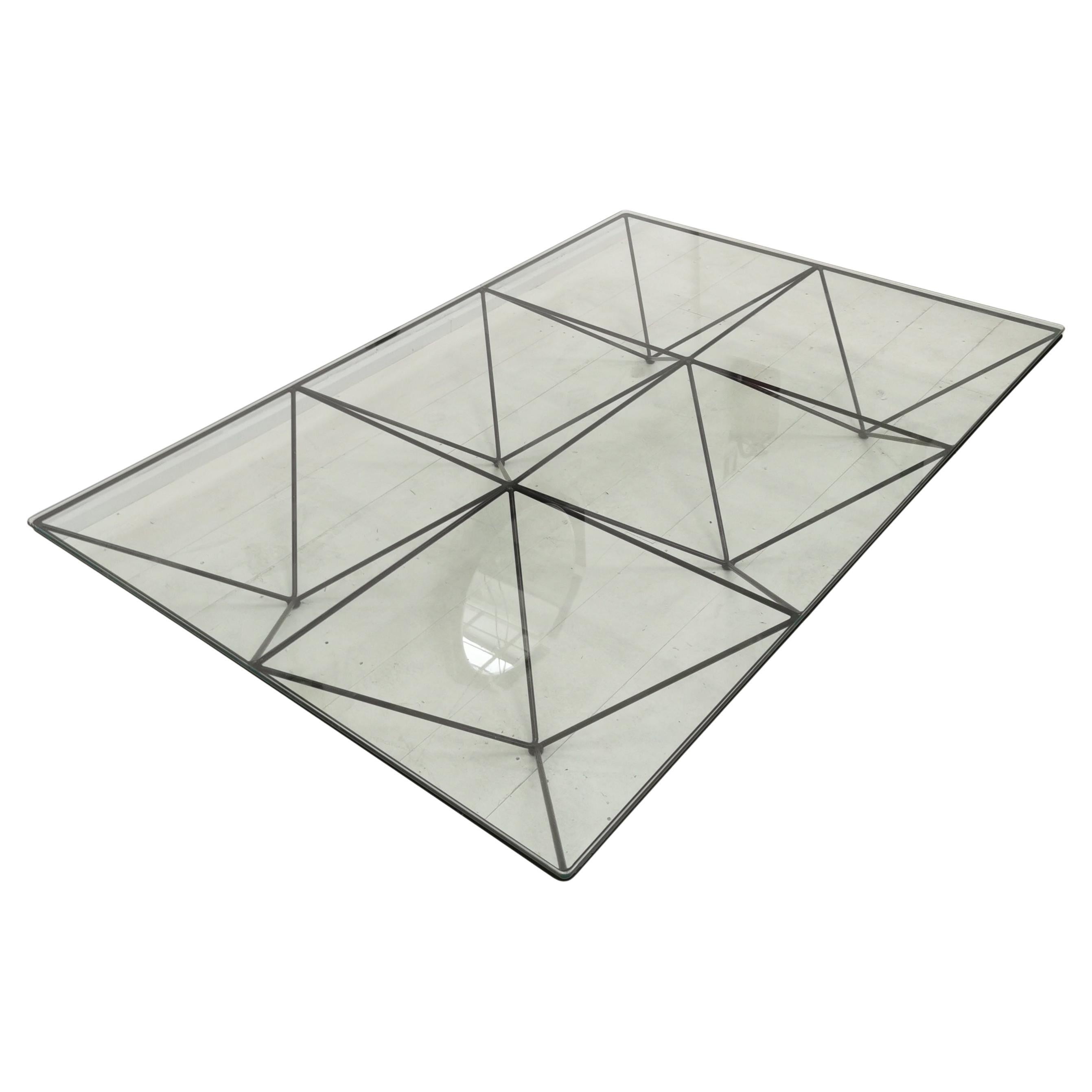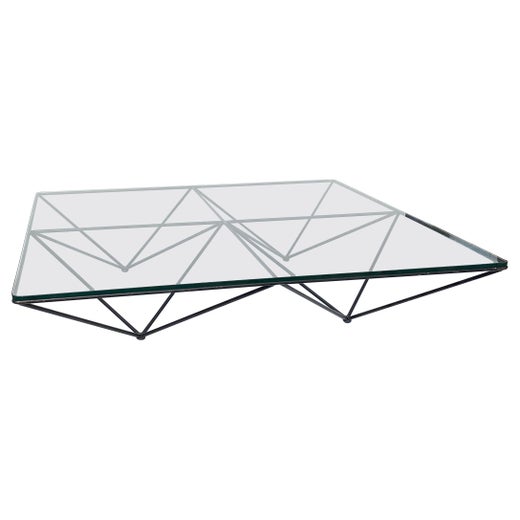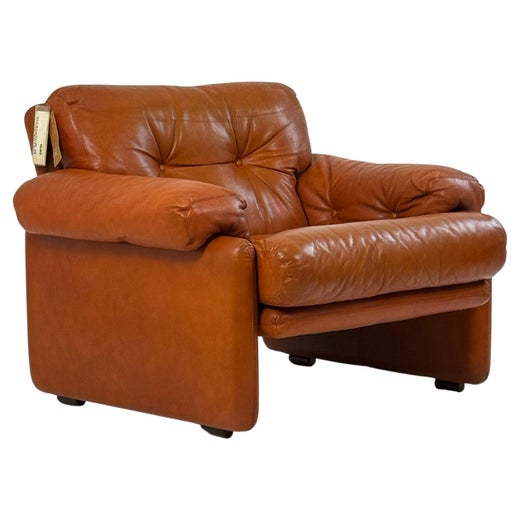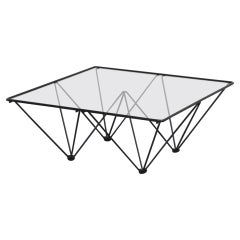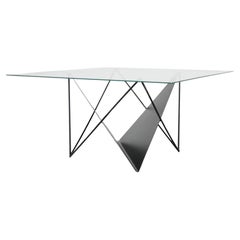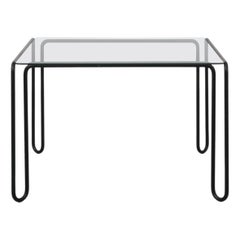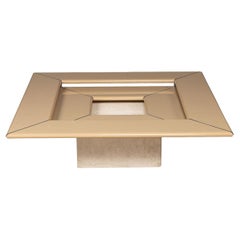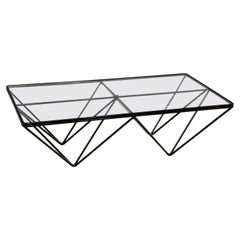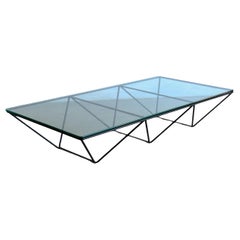Paolo Piva Black Wire Frame and Glass Top Corner Coffee Table
About the Item
- Creator:B&B Italia (Manufacturer),Paolo Piva (Designer)
- Dimensions:Height: 12 in (30.48 cm)Width: 28.5 in (72.39 cm)Depth: 56 in (142.24 cm)
- Style:Mid-Century Modern (Of the Period)
- Materials and Techniques:
- Place of Origin:
- Period:1980-1989
- Date of Manufacture:1980s
- Condition:Wear consistent with age and use. Minor losses. Minor fading.
- Seller Location:Los Angeles, CA
- Reference Number:Seller: T005C1stDibs: LU92249095273
Paolo Piva
Juxtaposing sleek curves with angular, geometric shapes, the sophisticated minimalism of Paolo Piva’s furniture made him one of the most significant mid-century modern designers. Using understated, classic materials such as patent leather and glass, he created furniture that is as timeless as the buildings he designed as an internationally renowned architect. Piva’s armchairs, floor lamps and other furniture pieces were built to withstand changing tastes.
Born in 1950 in Adria in northern Italy, Piva pursued his career in design and architecture at the International University of the Arts in Venice under renowned architect Carlo Scarpa. While a student, he also worked with the Akademie für Angewandte Kunst in Vienna and the Institute of History and Architecture in Venice to create a major exhibition on Viennese architecture during the socialist period.
Gaining notice during his graduate studies in Rome, Piva established himself as an up-and-coming architect. In 1980, he emerged on the international scene with an acclaimed design for the Kuwait Embassy in Qatar, which led to design commissions for buildings and factories across Western Europe. At the same time, Piva began designing furniture that reflected the clean lines and artful forms of his building style. His most popular piece was the Pyramid coffee table, with inverted pyramids supporting a glass top.
A lifelong academic, Piva began teaching at the Akademie für Angewandte Kunst in 1988, becoming a full professor in 1991. He also collaborated with top brands, including Poliform, de Sede, B&B Italia, Wittmann and Riva 1920, designing center tables, club chairs and other furniture items. He continued his design pursuits throughout his life, traveling to conferences and exhibitions internationally up until his death in 2017.
Piva gained a nomination for the Compasso d’Oro award in 1987 and was one of the architects selected to design the Science and Technology Park in Vienna in 1995. His work has been exhibited at Galerie Ulysses in Vienna and the Architekturgalerie München in Munich, as well as in the VI Mostra internazionale di Architettura della Biennale di Buenos Aires.
On 1stDibs, delve into the graceful simplicity and elegant geometry of Paolo Piva’s lighting, tables, seating, and other furniture and collectibles.
B&B Italia
In 1966, Piero Ambrogio Busnelli cofounded C&B Italia, a modern Italian furniture manufacturer, with Cesare Cassina in northern Milan. From the outset, Busnelli and Cassina set about recruiting the most talented modernists in Italy to conceive of creative furnishings manufactured in modern ways. In the early 1970s, the company split, with Cassina founding his own eponymous firm and Busnelli taking leadership of what became B&B Italia.
For decades, Busnelli cultivated relationships with the world’s best design talent, resulting in furniture pieces that remain iconic today — be they Gaetano Pesce’s outwardly curvaceous Up seating (made for C&B, reintroduced by B&B) or tables from industrial designer Paolo Piva, each more sophisticated than the next in their geometrically complex steel-tube bases. B&B Italia earned four prestigious Compasso d’Oro design awards: in 1979 for Mario Bellini’s Le Bambole, in 1984 for the Sisamo wardrobe system by Studio Kairos, in 1987 for Antonio Citterio’s modular Sity sofa and, in 1989, the first award given to a manufacturing company itself.
Other notable names who designed for B&B Italia over the course of its 54-year history include Patricia Urquiola, Naoto Fukasawa, Zaha Hadid, Ettore Sottsass and Vincent Van Duysen, to name a very few. And while these names bring star power to the B&B brand, in many cases, it was B&B Italia who helped usher in their celebrity, fostering a wave of design talent on the world stage.
The company’s forward-thinking vision manifested in its own headquarters, too: In 1972, B&B Italia tapped architects Renzo Piano and Richard Rogers to design a steel-framed, postmodern-style home for the brand, whose crisscrossing metal exoskeleton is reminiscent of the pair’s Centre Pompidou in Paris, which was built at roughly the same time. Now, B&B Italia manages a contract division and outdoor section as well as its residential arm, and it also controls production for Maxalto, a brand spun out with furniture designs by Antonio Citterio.
At 1stDibs, find a range of vintage B&B Italia furniture — including sofas, cocktail tables and more.
- ShippingRetrieving quote...Shipping from: Los Angeles, CA
- Return Policy
More From This Seller
View AllMid-20th Century Italian Mid-Century Modern Coffee and Cocktail Tables
Wire
Vintage 1970s Dutch Mid-Century Modern Coffee and Cocktail Tables
Metal
Vintage 1970s Dutch Mid-Century Modern Coffee and Cocktail Tables
Wire
Mid-20th Century Dutch Mid-Century Modern Coffee and Cocktail Tables
Wire
Vintage 1970s Danish Mid-Century Modern Coffee and Cocktail Tables
Oak
Vintage 1970s Dutch Mid-Century Modern Coffee and Cocktail Tables
Stone, Chrome
You May Also Like
Vintage 1970s French Mid-Century Modern Coffee and Cocktail Tables
Metal
20th Century Italian Coffee and Cocktail Tables
Travertine
Vintage 1980s Italian Tables
Steel
Vintage 1980s Italian Post-Modern Coffee and Cocktail Tables
Metal
Late 20th Century Italian Mid-Century Modern Coffee and Cocktail Tables
Iron
Vintage 1970s Italian Mid-Century Modern Coffee and Cocktail Tables
Metal
Read More
Rooms We Love: 11 Splendid Living Rooms
Common wisdom used to declare the kitchen the hub of the house. These days, the living room seems to have assumed the role of domestic focal point. Unlike the Victorian parlor, stiffly furnished and reserved for guests, today’s living room is a central place for reading, conversation and, well, living, with furnishings that lend themselves to both casual lounging and elegant entertaining.
Vincent Van Duysen Imbues Minimalism with Warmth
The Antwerp-based designer lends his unique touch to homes, boutiques and offices in Belgium, the United States and Germany, as well as furniture for B&B Italia and Molteni.


